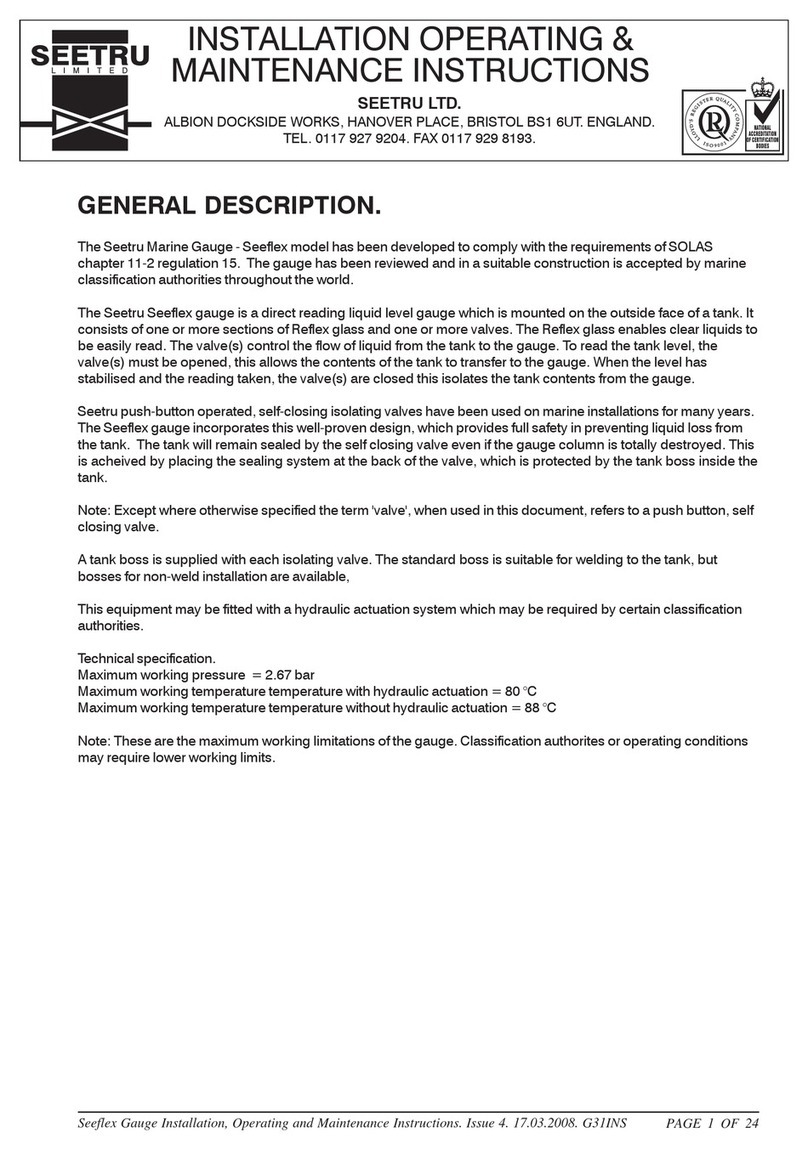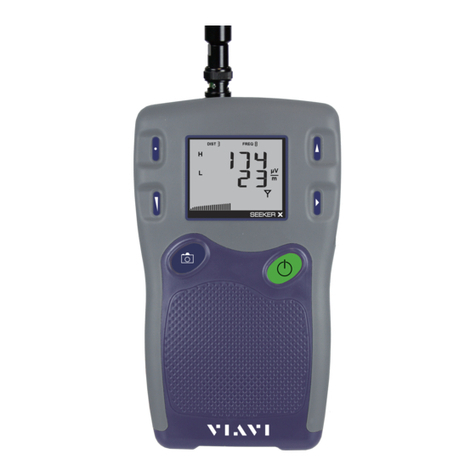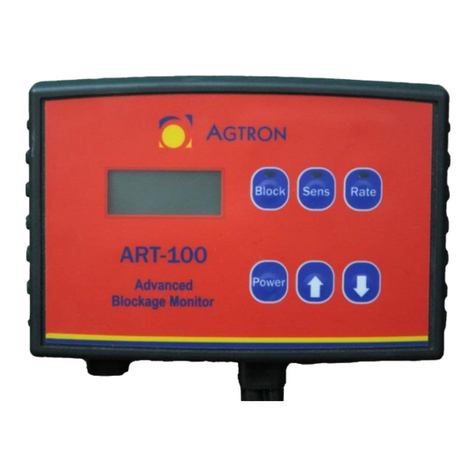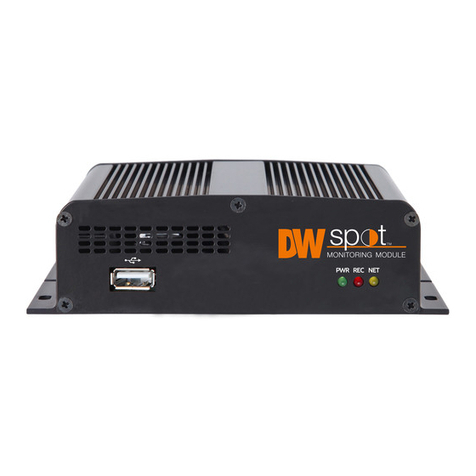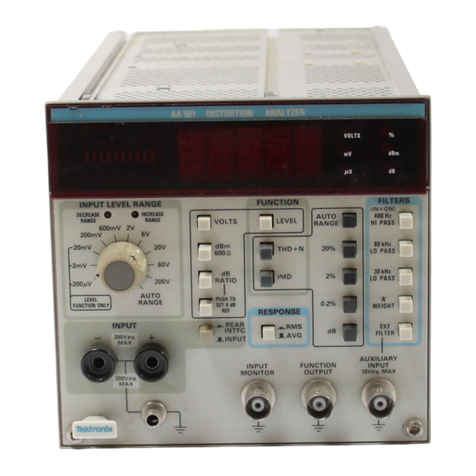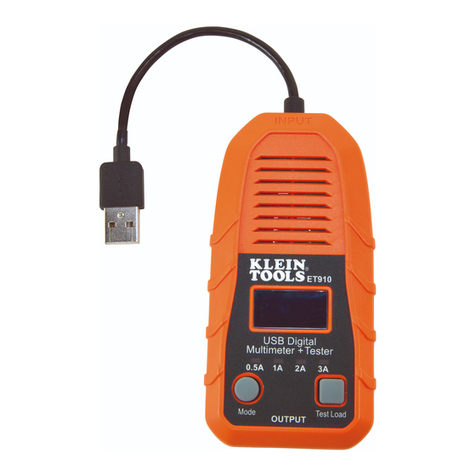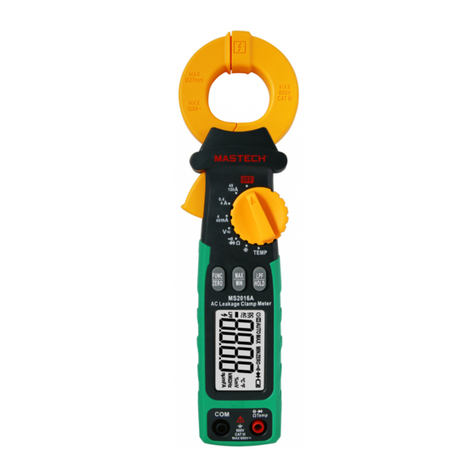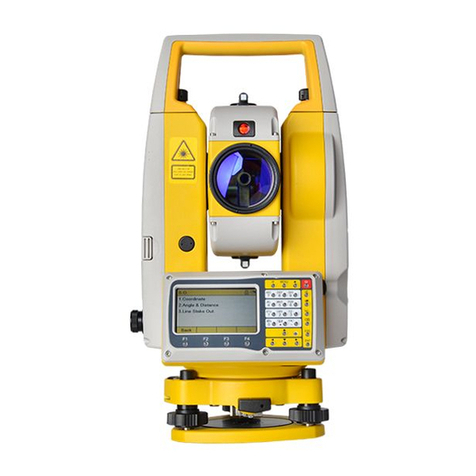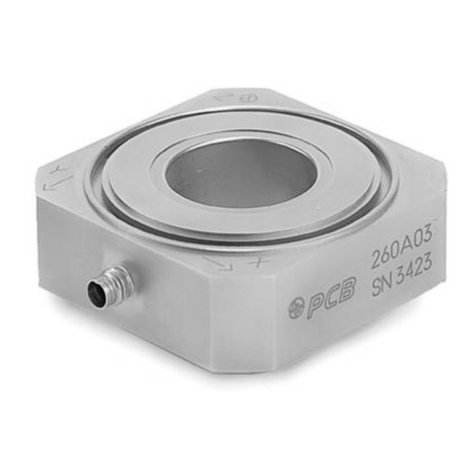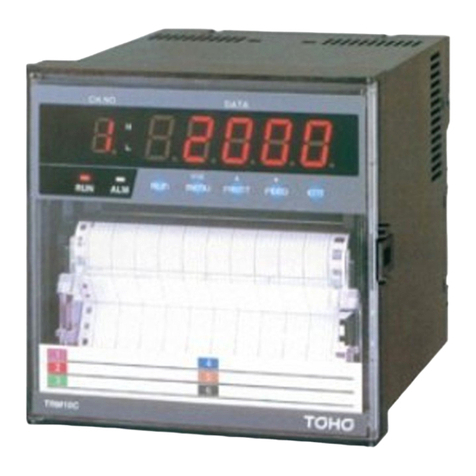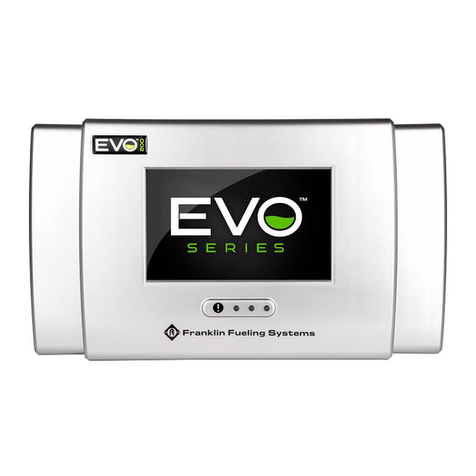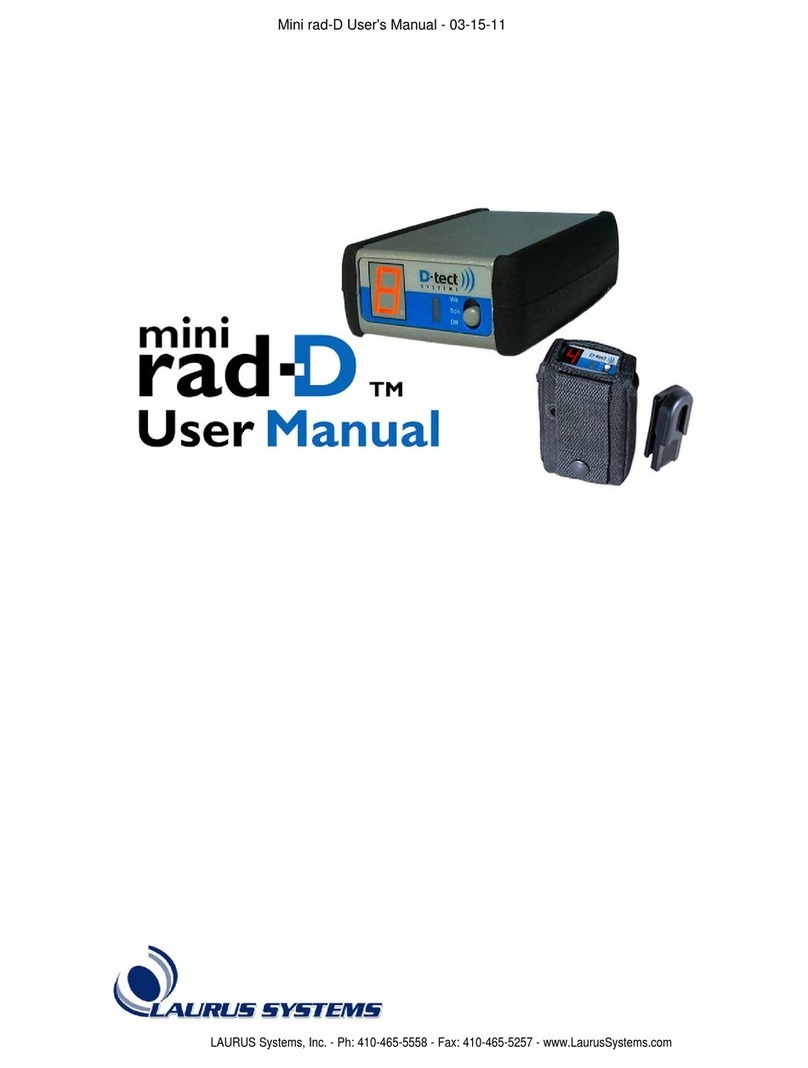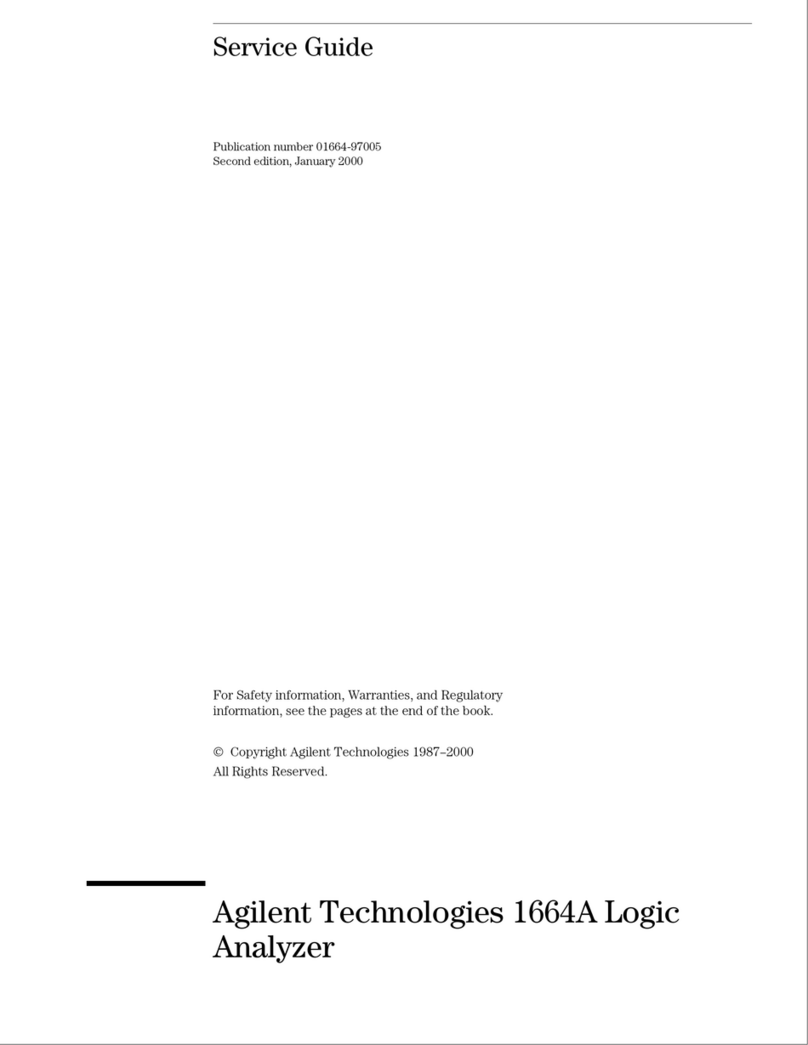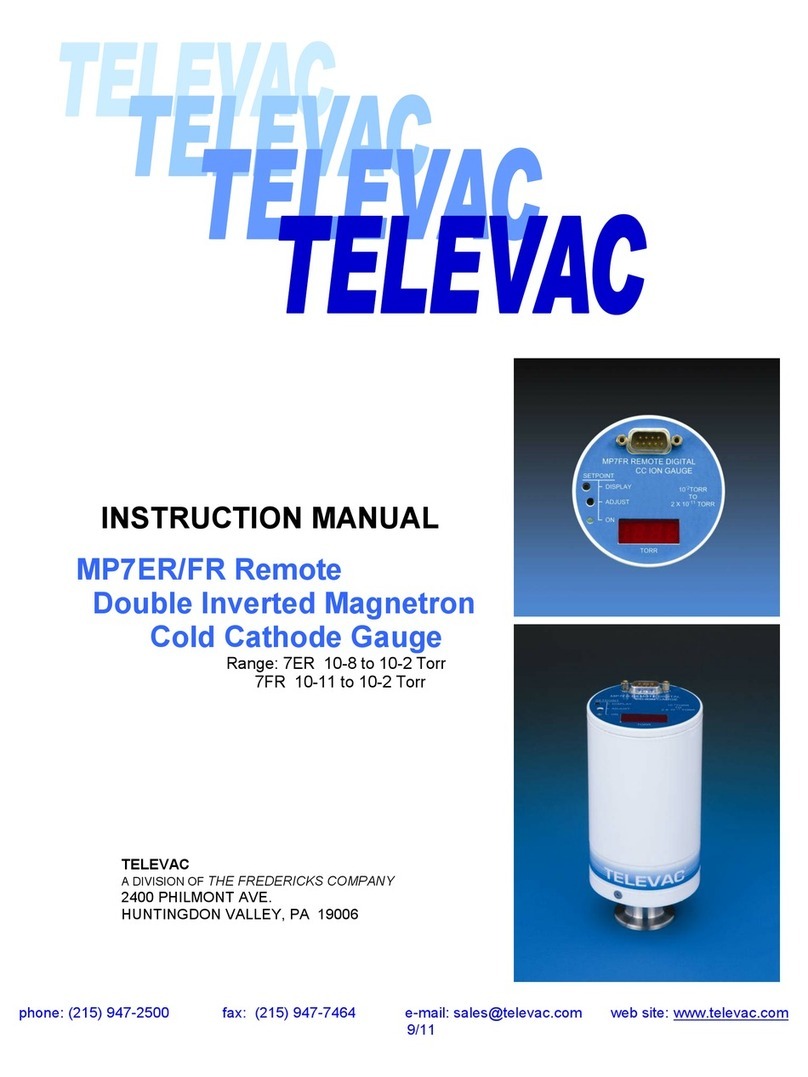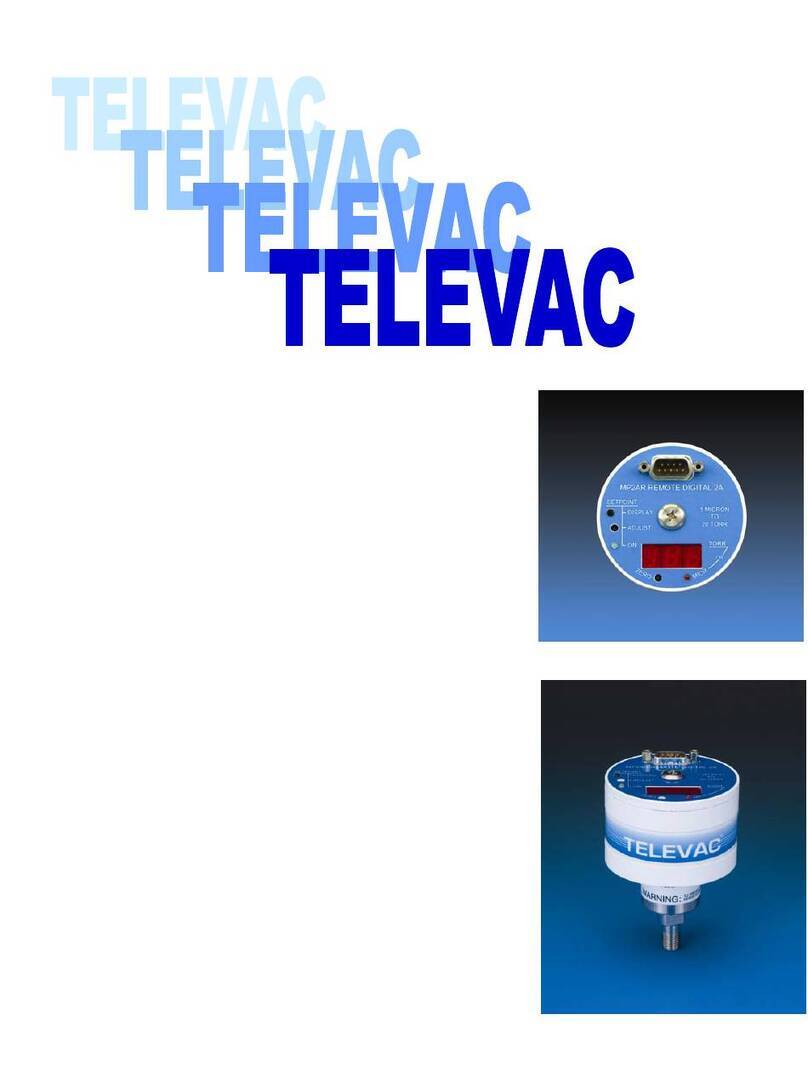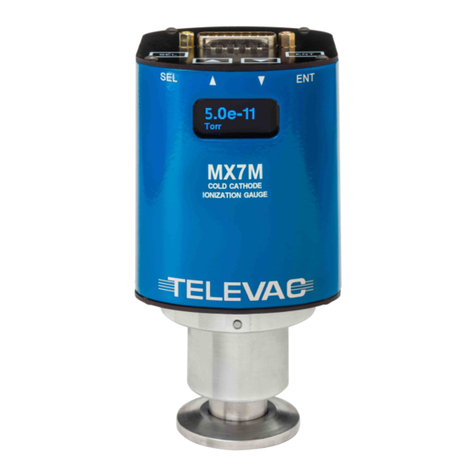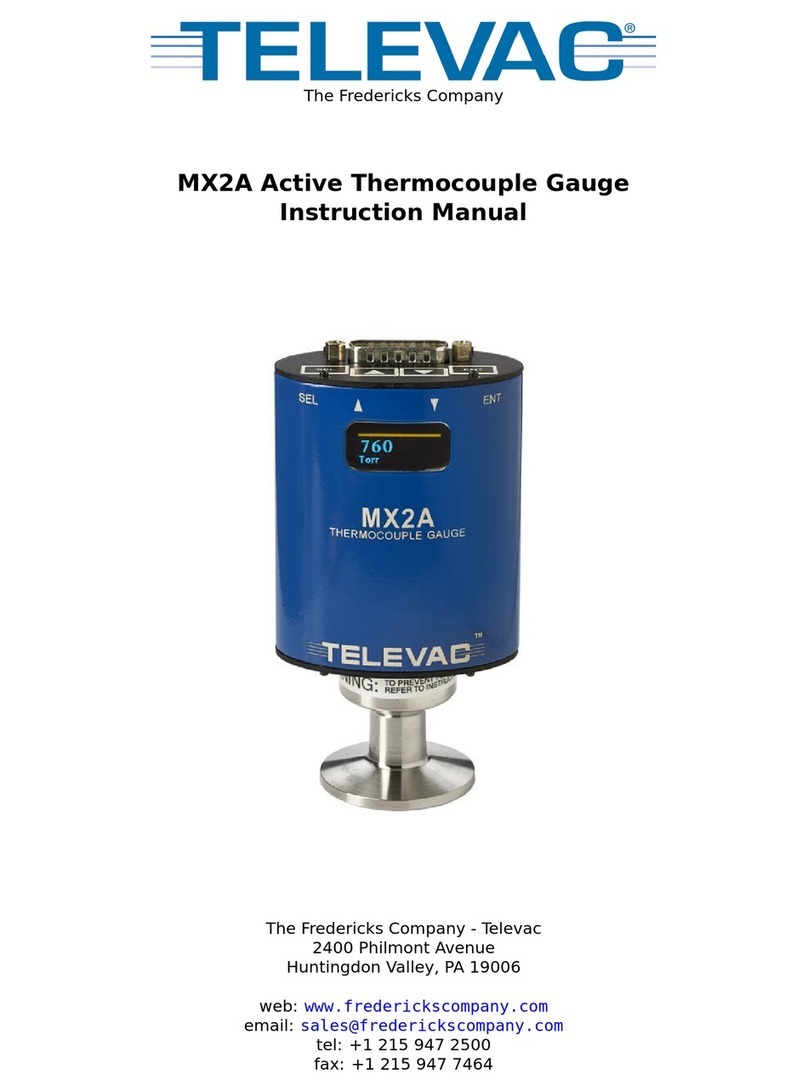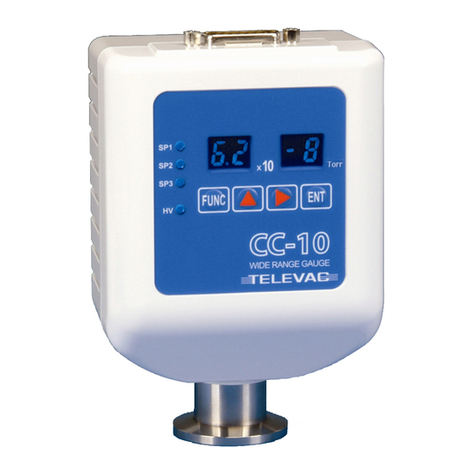
©2022 Televac® - The Fredericks Company | www.televac.com | sales@televac.com | +1 215 947 2500 mx7b_im rev E Page 2of 23
Table of Contents
1. Introduction...............................................................................................................................3
1.1 Disclaimer ...................................................................................................................................................3
1.2 Description .................................................................................................................................................3
1.3 Specifications..............................................................................................................................................3
1.4 Dimensions .................................................................................................................................................4
2. Safety Information .....................................................................................................................5
2.1 General Safety Information ........................................................................................................................5
3. Quick Start Guide .......................................................................................................................6
3.1 Check what you’ve received.......................................................................................................................6
3.2 Safety Instructions......................................................................................................................................6
3.3 Connect Power ...........................................................................................................................................6
3.4 Check the Measurement Screen ................................................................................................................6
3.5 Power down the MX7B...............................................................................................................................6
4. Set Up ........................................................................................................................................7
4.1 Installation..................................................................................................................................................7
4.2 Electrical Information .................................................................................................................................7
4.3 Turning the High Voltage On and Off .........................................................................................................7
5. Menu Navigation .......................................................................................................................8
5.1 Description .................................................................................................................................................8
5.2 Menu Structure ..........................................................................................................................................9
6. Explanation of Menu Items and Navigation .............................................................................. 10
6.1 Measurement ...........................................................................................................................................10
6.2 High Voltage Toggle..................................................................................................................................10
6.3 System Settings ........................................................................................................................................10
6.4 Calibration ................................................................................................................................................12
6.5 Set Points..................................................................................................................................................13
6.6 Output ......................................................................................................................................................13
7. Analog Output ......................................................................................................................... 14
7.1 Description ...............................................................................................................................................14
7.2 Linear ........................................................................................................................................................14
7.3 Linear by Decade ......................................................................................................................................14
7.4 Logarithmic...............................................................................................................................................15
8. Cleaning the MX7B Sensor........................................................................................................ 16
8.1 Cleaning Instructions ................................................................................................................................16
9. RS-485 and USB Communications ............................................................................................. 17
9.1 Description ...............................................................................................................................................17
9.2 Changing Communications Settings .........................................................................................................17
9.3 Communications Specifications................................................................................................................17
9.4 RS-485 and USB Command List ................................................................................................................18
9.5 RS-485 Command Examples .....................................................................................................................22
9.6 USB Sample Commands ...........................................................................................................................22
9.7 RS-485 and USB Communications Error Codes ........................................................................................23
9.8 Firmware Updates ....................................................................................................................................23



















